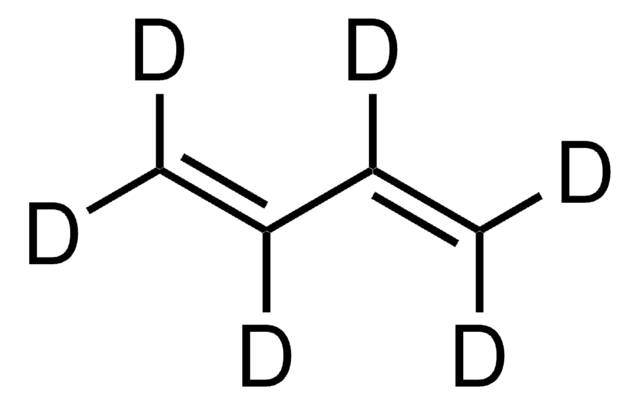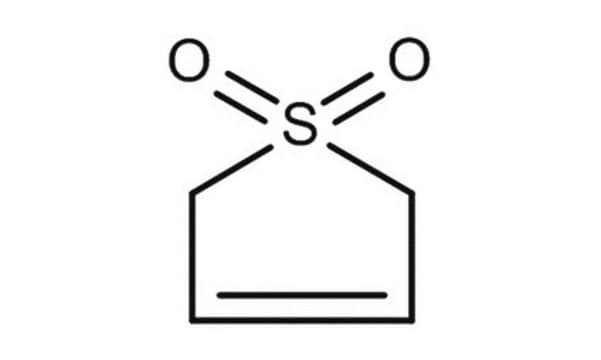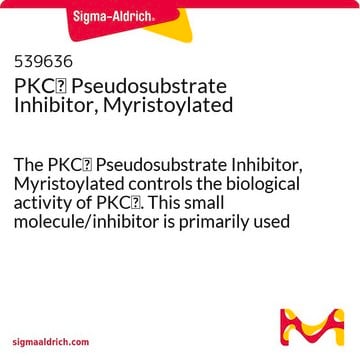695904
1,3-Butadien -Lösung
15 wt. % in hexane
Synonym(e):
Bivinyl, Vinylethylene, alpha,gamma-Butadiene
About This Item
Empfohlene Produkte
Form
liquid
Konzentration
15 wt. % in hexane
Brechungsindex
n20/D 1.376
Dichte
0.682 g/mL at 25 °C
Lagertemp.
2-8°C
SMILES String
C=CC=C
InChI
1S/C4H6/c1-3-4-2/h3-4H,1-2H2
InChIKey
KAKZBPTYRLMSJV-UHFFFAOYSA-N
Suchen Sie nach ähnlichen Produkten? Aufrufen Leitfaden zum Produktvergleich
Verwandte Kategorien
Anwendung
Signalwort
Danger
Gefahreneinstufungen
Aquatic Chronic 2 - Asp. Tox. 1 - Flam. Liq. 2 - Muta. 1B - Repr. 2 - Skin Irrit. 2 - STOT RE 1 Inhalation - STOT SE 3
Zielorgane
Central nervous system, Nervous system
Lagerklassenschlüssel
3 - Flammable liquids
WGK
WGK 3
Flammpunkt (°F)
-105.0 °F
Flammpunkt (°C)
-76.11 °C
Persönliche Schutzausrüstung
Eyeshields, Faceshields, Gloves, type ABEK (EN14387) respirator filter
Analysenzertifikate (COA)
Suchen Sie nach Analysenzertifikate (COA), indem Sie die Lot-/Chargennummer des Produkts eingeben. Lot- und Chargennummern sind auf dem Produktetikett hinter den Wörtern ‘Lot’ oder ‘Batch’ (Lot oder Charge) zu finden.
Besitzen Sie dieses Produkt bereits?
In der Dokumentenbibliothek finden Sie die Dokumentation zu den Produkten, die Sie kürzlich erworben haben.
Unser Team von Wissenschaftlern verfügt über Erfahrung in allen Forschungsbereichen einschließlich Life Science, Materialwissenschaften, chemischer Synthese, Chromatographie, Analytik und vielen mehr..
Setzen Sie sich mit dem technischen Dienst in Verbindung.












